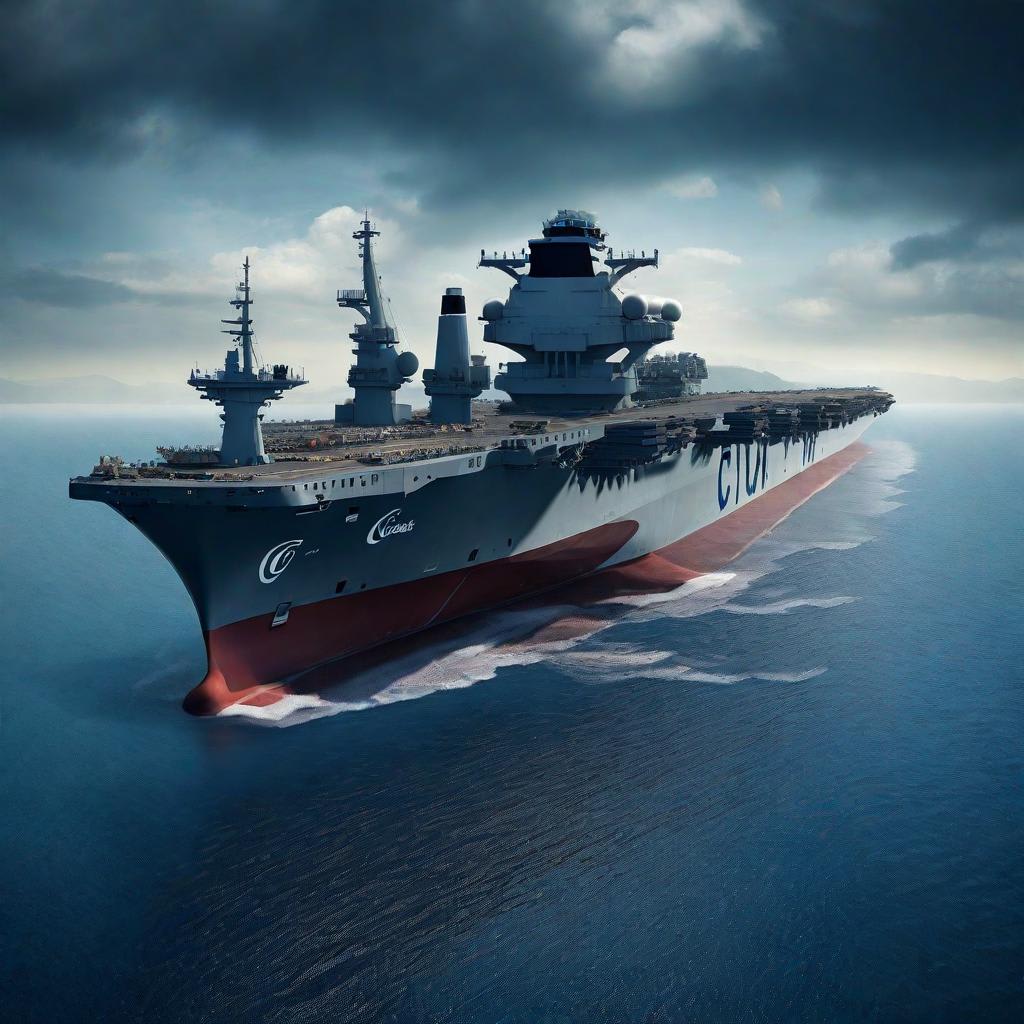
Submarines are underwater vehicles that are used for various purposes. Here are the three main types of submarines:
1. Ballistic Missile Submarines (SSBNs): These submarines are designed to carry and launch nuclear missiles. They are also used for strategic deterrence, surveillance, and intelligence gathering. They are the largest submarines and can stay underwater for months without refueling.
2. Attack Submarines (SSNs): Attack submarines are smaller than SSBNs and are designed to engage in offensive and defensive operations. They are equipped with torpedoes, missiles, mines, and other weapons. They can also be used for intelligence gathering and reconnaissance missions.
3. Research Submarines: These submarines are primarily used for scientific research and exploration. They are equipped with sensors and other scientific instruments to collect data on the ocean environment, marine life, and other oceanographic phenomena.
Each type of submarine has its unique capabilities and serves different purposes. However, all submarines share the ability to operate underwater and remain undetected, making them powerful tools for military and scientific purposes.
Submarines are marvels of modern technology, capable of operating silently and invisibly beneath the waves. Propulsion systems include nuclear reactors, diesel-electric engines, or a combination of the two. Navigation systems use advanced sensors and GPS to help the submarine navigate underwater. Sonar is used to detect objects in the water and can be used for communication as well. Periscopes allow the crew to see above the waterline without surfacing. Communication equipment includes encrypted radios, satellite systems, and underwater communication systems. The advanced technology of submarines makes them valuable assets for military and scientific purposes.
Living and working on a submarine is a unique experience that requires a high level of discipline, teamwork and resilience. Submariners have to operate in a confined space, sometimes for months on end, without the ability to communicate with the outside world. To maintain crew morale, submarines are equipped with amenities such as gyms, libraries, and entertainment systems. However, the lack of natural light, fresh air, and personal space can take a toll on mental health. Submariners also face the risk of accidents, such as fire and flooding, which can be life-threatening in the underwater environment. Despite these challenges, submariners take pride in their work and the vital role they play in national security and scientific research.
Submarines have become a dominant weapon of war at sea, especially after the Second World War . Their role in modern warfare includes their strategic importance, submarine-launched ballistic missiles, anti-submarine warfare, and their impact on naval tactics. The evolution of submarine technology, submarine capability, and strategy for the use of submarines has been surveyed in various articles . Countries like China have also invested in strategic ballistic missile submarines, which are now being used as a dual nuclear conventional system The survivability of these submarines and their impact on strategic stability in the Asia Pacific are influenced by the ability of China to operate them, and the response of the United States and its regional allies to China's nuclear submarine fleet. The US has improved its anti-submarine warfare technology, which includes attack submarines, ASW-capable surface ships, and maritime ASW aircraft, making it difficult for China to operate its submarines effectively.
Submarine accidents have occurred throughout history, with devastating consequences. One of the most significant submarine disasters was the sinking of the Kursk submarine in 2000, which killed all 118 crew members. The cause of the accident was a torpedo explosion, which led to the submarine's sinking.
Another significant submarine disaster was the sinking of the USS Thresher in 1963, which resulted in the loss of all 129 crew members. The cause of the accident was a malfunction in the submarine's nuclear reactor.
Lessons learned from these disasters include the importance of proper training and maintenance, the need for better communication and coordination during emergencies, and the critical role of safety protocols and procedures. As technology advances, it is essential to remain vigilant in identifying and addressing potential safety risks to prevent future submarine accidents.
When a submarine is involved in an accident, the crew members have two options: await rescue or attempt escape [1]. The US Navy advocates rescue over escape and has continuously worked to improve their submarine rescue technology over the years [1]. Submarine rescue is the process of locating a sunken submarine with survivors on board and bringing the survivors to safety [3]. To achieve this, the Navy has developed new rescue technology like the Submarine Rescue Chamber (SRC), Deep Submergence Rescue Vehicles (DSRVs), and the current Submarine Rescue Diving and Recompression System (SRDRS) . The Navy frequently collaborates with other nations in rescue exercises and has partnerships and agreements in place with over 40 countries
Escape is the process where the submarine's crew leaves the boat and reaches the surface without external assistance The first escape systems were derived from the breathing apparatus used by coal miners and the first submarine escape was attempted using the German Dräger breathing apparatus in 1911 . Free ascent and the Steinke hood were developed soon after, however, both failed to provide protection from the elements once the submariner reached the surface . The Submarine Escape Immersion Ensemble (SEIE) provides thermal protection and allows for an escape from 185 meters Prior to 1939, it was generally believed that if the crew could not escape the submarine then there was little that could be done to rescue them During the 1920s, some navies used salvage type operations with some success, however, these were conducted under ideal conditions which seldom occurred in practice
Submarine cable systems are the backbone of global telecommunications and internet connectivity, linking continents and facilitating information exchange at lightning speeds. These cables are typically made up of fiber-optic strands, which allow for the transmission of vast amounts of data over long distances with minimal signal degradation.
The construction of submarine cables is a complex and expensive process, involving specialized ships and equipment to lay the cable on the ocean floor. The cables are often buried several feet beneath the seafloor to protect them from damage caused by fishing trawlers, anchors, and natural disasters.
Despite the efforts to protect these cables, they still face several challenges, including damage caused by earthquakes, undersea landslides, and even shark bites. Maintenance and repair of these cables require highly skilled technicians and specialized equipment to locate and fix any faults.
Despite the challenges, submarine cables remain the most reliable and cost-effective means of transmitting data across the oceans. And with the growing demand for high-speed internet and data transmission, the importance of these cables will only continue to increase in the years to come.





Comments (1)
I'm a fan of this article; it's written well and packed with useful information.